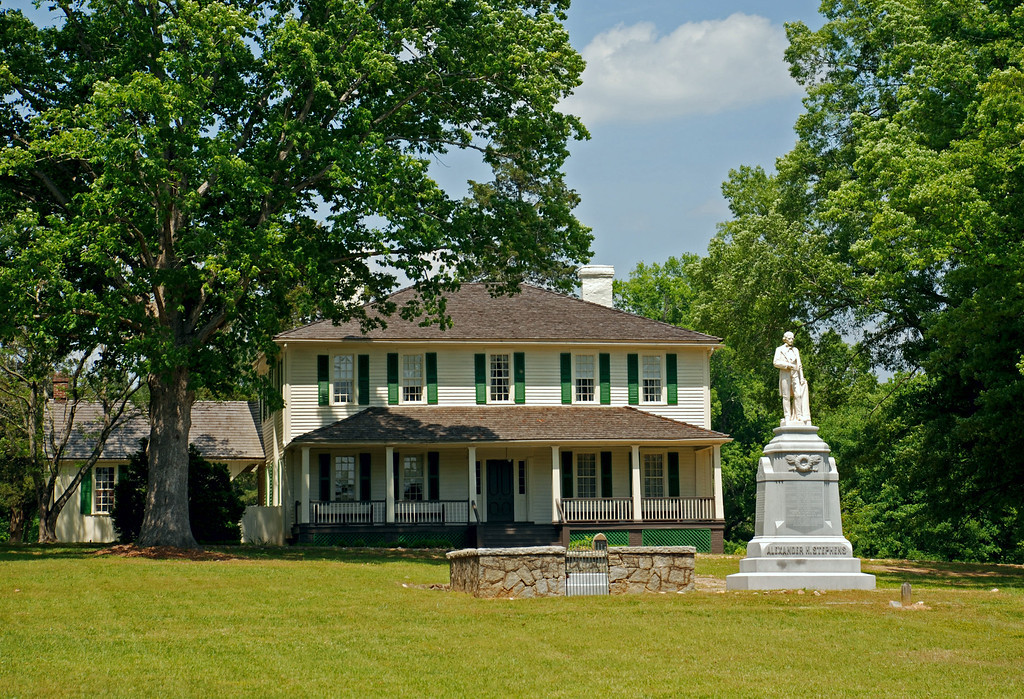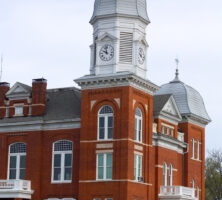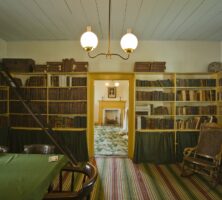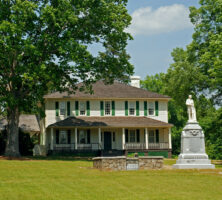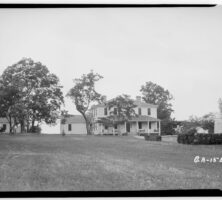Taliaferro County (pronounced “Tolliver”), in east central Georgia, is the state’s sixty-ninth county, created in 1825 from Greene, Hancock, Oglethorpe, Warren, and Wilkes counties. It was named for Benjamin Taliaferro, who was a colonel during the American Revolution (1775-83), as well as a Georgia legislator and a judge. The land was originally held by Native Americans, who ceded it to the colonial government of Georgia in 1763.
The seat of the 195-square-mile county is Crawfordville, named for William Harris Crawford, an early presidential cabinet member and candidate for U.S. president in 1824. Hermon Mercer, brother of the founder of Mercer University in Macon, produced a city plan for Crawfordville. Known thereafter as the “Crawfordville Plat,” it was later used by a number of Georgia towns. The historic commercial district features buildings dating back to the antebellum period.
Other towns in Taliaferro County are Sharon, incorporated in 1884, and the unincorporated communities of Raytown and Robinson. In the 1880s and 1890s thousands of visitors came to the county for the reputed healing powers of the Electric Health Resort near Sharon, where it was said that exposure to bedrock in a subterranean chamber provided electrical healing powers. The resort, which included a hotel, lake, and post office, burned down, but the rubble left behind is still visible.
Raytown, the oldest community in Taliaferro County, developed around a plantation granted in 1784 to Marmaduke Mendenhall and his sister Hannah, both Quakers. The Mendenhalls named the property Colonsay Plantation, after an island near Scotland. Colonsay Plantation passed through several owners and is still privately owned. It was placed on the National Register of Historic Places in 1974.
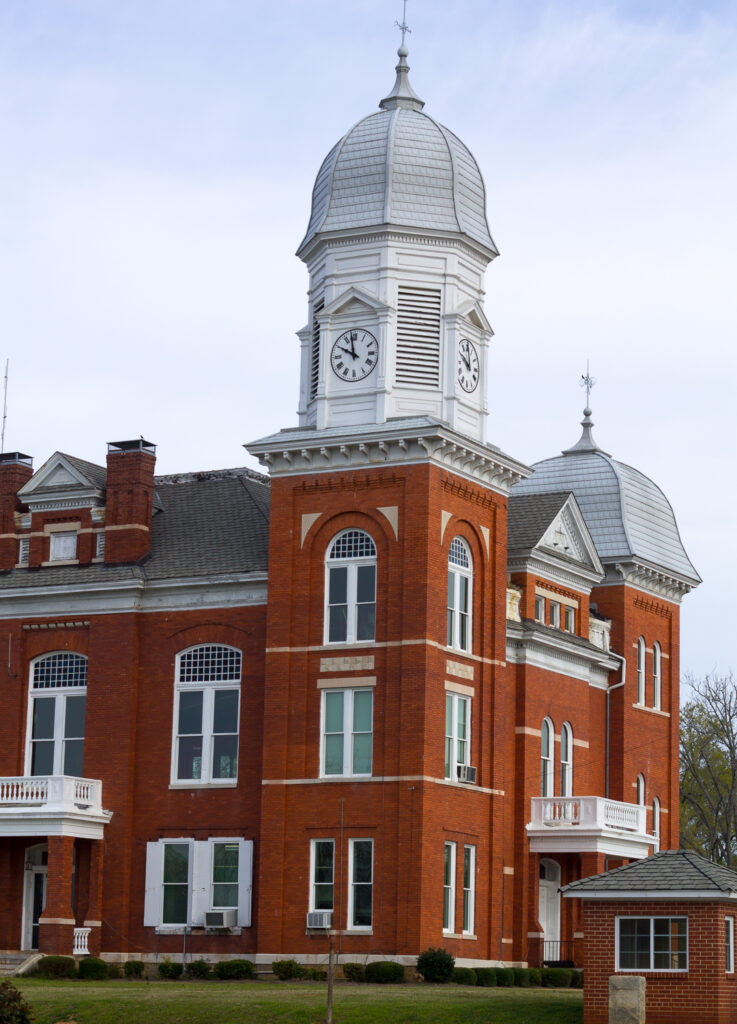
During the Civil War (1861-65) two regiments from Taliaferro County were sent to fight for the Confederacy: the Fifteenth Regiment, Georgia Infantry, Company D, Stephens Home Guards, and the Forty-ninth Regiment, Georgia Infantry, Company D, Taliaferro Volunteers.
In 1965 Taliaferro County came to national attention during the struggle to desegregate its schools. Local resistance to integration prompted Hosea Williams of the Southern Christian Leadership Conference to call for a protest march from Crawfordville to Atlanta.
Notable persons from Taliaferro County include John Loyd Atkinson Sr., a Tuskegee Airman during World War II (1941-45) and the first Black superintendent in the Georgia state parks system; writer Richard Malcolm Johnston; Robert Grier, founder of Grier’s Almanac; and Georgia governor Alexander Stephens.
The Taliaferro County Historical Society maintains a museum next to its offices in the antebellum post office building in Crawfordville. Additionally, the A. H. Stephens Historic Park, founded in 1933, was constructed by the Civilian Conservation Corps. It encompasses Liberty Hall and the adjoining lands, birthplace, and home of Alexander Stephens.

Once a symbol of southern hospitality, the mansion included rooms for permanent residents, well-to-do visitors, and poor transients. Stephens spent his old age there and is buried on the property. Restored with help from both public and private sources, Liberty Hall was placed on the National Register of Historic Places in 1970 and is open for tours. The whole park was added to the register in 1995. Visitors to the park may also tour the park’s Confederate museum, which displays Civil War artifacts, uniforms, and documents. Recreational land within the 1,177-acre park features a camp for large overnight groups and many attractions for nature lovers.
According to the 2020 U.S. census, the county’s population was 1,559.







